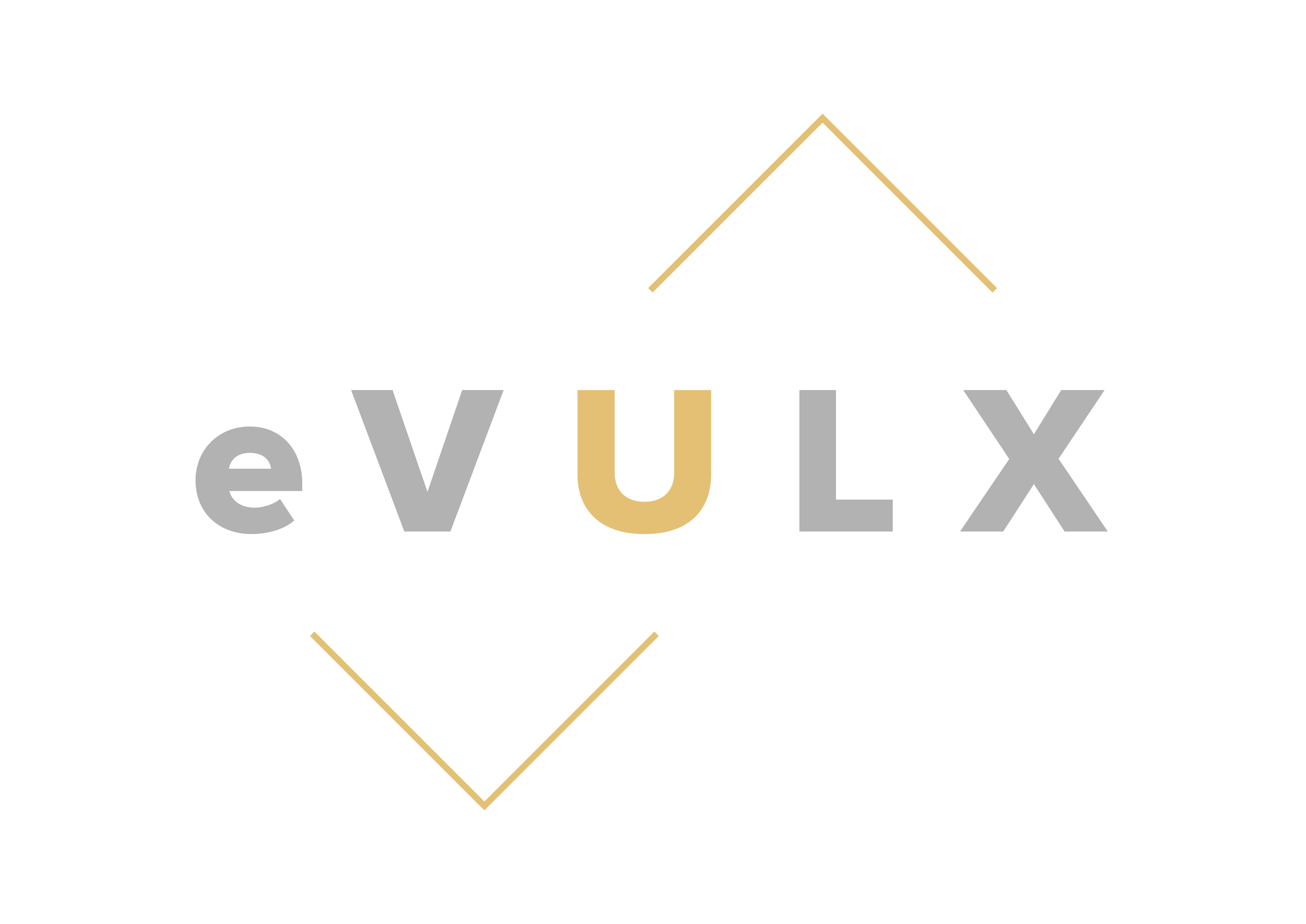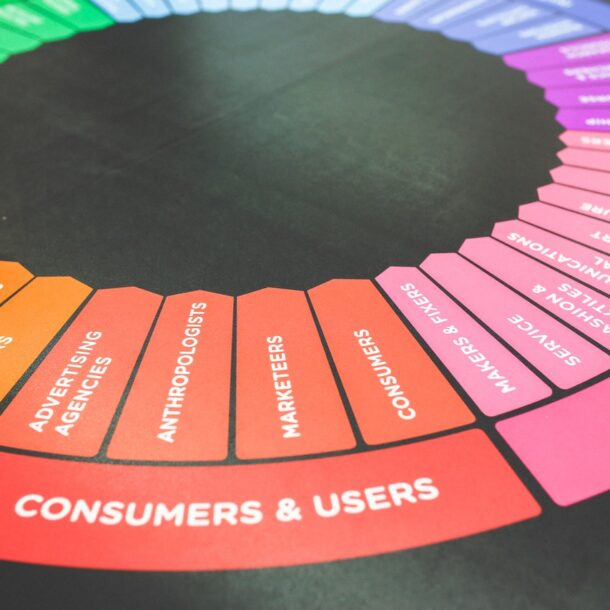
3 Engaging Examples of Gamification in e-Learning
Arun Nagarajah
July 28, 2022Learning should never be boring — and there’s no better way to ensure that than implementing gamification examples into your training courses.
Gamification! The word can be intimidating when you first hear it, but what exactly does it mean? Merriam-Webster defines it as “the process of adding games or gamelike elements to something (as a task) to encourage participation,” which is a pretty good way to sum it up. It is the practice of “gamifying” your eLearning course. But here’s the exciting part — gamification has been around for thousands of years. Why do you think we play strategy games? Because it’s fun to learn!

Gamification can be used in various industries, including eLearning, HR and in sales gamification examples in every marketing fold. But what are some gamification examples in eLearning? This article will explore some engaging examples that you can use to inspire your next project!
Gamification is an Engaging Way To Teach
… If you’re wondering what exactly gamification is, it’s a way of using game mechanics to engage learners.
Gamification in eLearning can be used to teach a range of topics, from the basics of learning like how to use an app to more complex information such as how the digestive system works. It’s an effective way for employers to get their employees into the mindset required for learning new skills and information.
For example: if you want someone who knows nothing about coding or design software like Photoshop or Illustrator, then letting them play with those programs in a fun environment before actually getting started with real projects is a good idea!
Related Article: Teaching Strategies: Games and Active Learning
1.Inspire a Sense of Accomplishment
- Give players a sense of accomplishment. Games give players a sense of achievement by rewarding them for completing specific tasks or winning battles. These rewards are usually in-game items like coins or experience points, but they can also come in the form of praise from other characters or even just an increase in self-confidence.
- Make them feel like they’re improving. Games have levels that get progressively harder as you progress through the story—and if you complete the game, it means that you’ve improved and mastered your skills! In eLearning courses, this could be done by adding new challenges as learners progress through their learning journey. For example, McDonald’s Till Training Game
- Give them purpose and progression. In games like Minecraft, there’s no level system with sequential goals; instead, each player is free to choose what they want to do next and how they want to play out their own unique story within the world of Minecraft.”
2.Have Fun and Make it Enjoyable
As you know, gamification in eLearning is not just about fun. It’s about making your content more exciting and engaging for learners. That doesn’t mean that you need to incorporate sound effects or animation into your learning modules—but the goal should be to make them as interactive as possible. A good way of doing this is by incorporating multiple choice questions into your eLearning course. These can be used in quizzes, review activities, or simple tests at the end of a module.
They add an element of interactivity and competition between learners and encourage them to return because they want their scores/grades! This means that with every test attempt, quiz completion, lesson completion etc., they are engaging further with your course material which will help in memorization long after leaving it behind!
3.Get Students Accustomed to Being Rewarded

Reward students for everything they do to accomplish positive results. Reward them for completing tasks and learning goals, helping them progress toward better behavior. Reward students for improving performance—not just for following instructions or being quiet but for doing well in their classes, tests, and schoolwork. Reward students for reaching milestones (like finishing something new or simplifying a skill).
Conclusion
We hope that you’re inspired to incorporate gamification in eLearning. Whether it’s as simple as motivating your students to take quizzes or a more involved experience like writing an essay based on what they learn, gamification is a great way to provide a greater level of engagement. Because it can engage learners on several levels, gamification could be just what your learners need for the most efficient and effective learning process.
Visit eVULX for more gamified solutions.
9.08 & 9.09, Block E Phileo Damansara 1,
9, Jalan 16/11, 46350 Petaling Jaya, Selangor
Telephone: +60122254456
Email: [email protected]
(202001021557) (1377877-X)
All Rights Reserved




